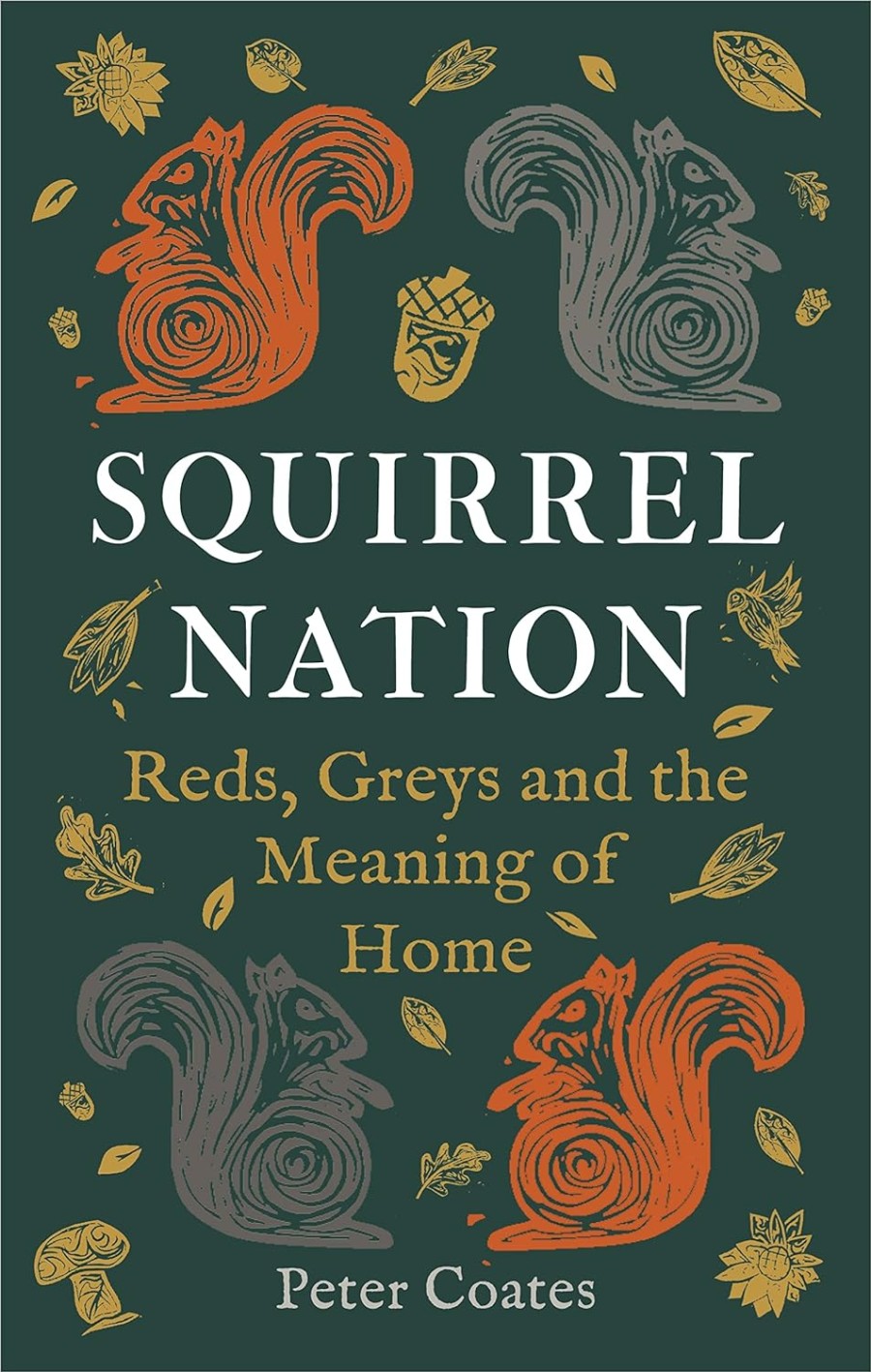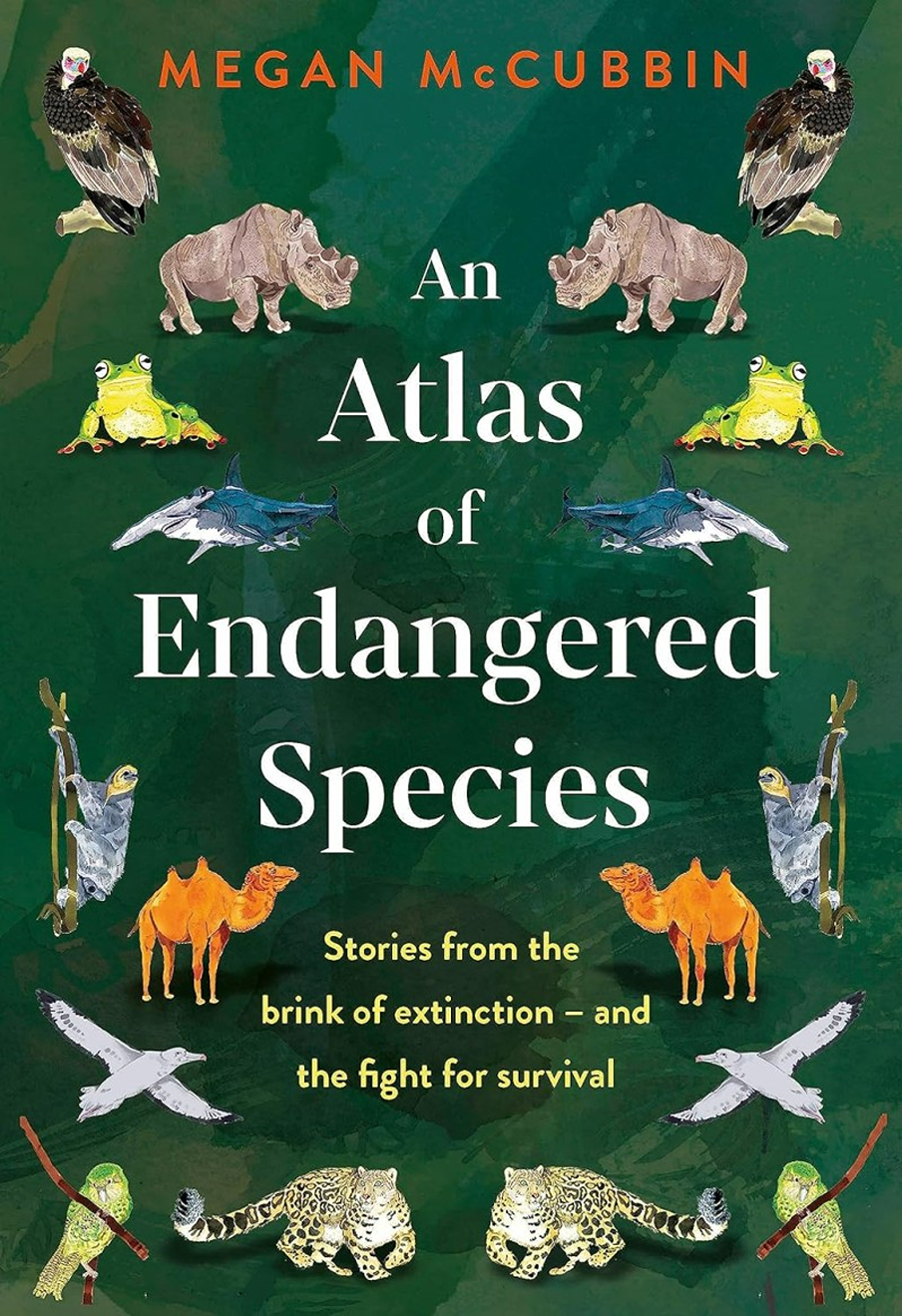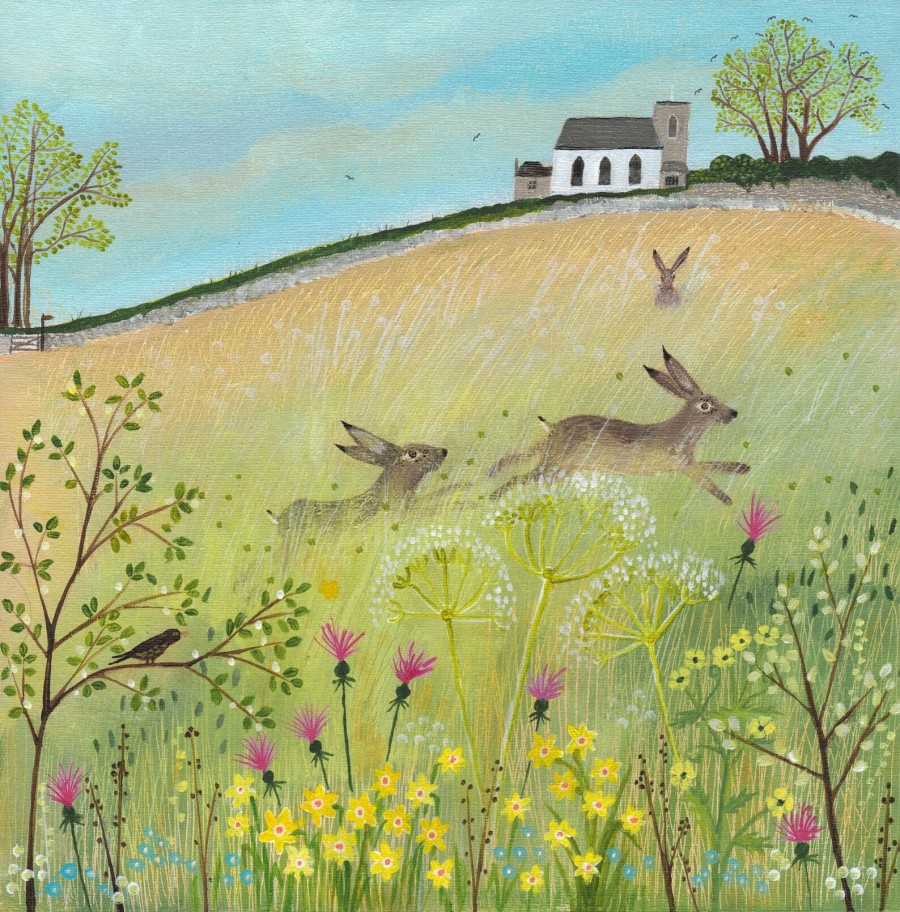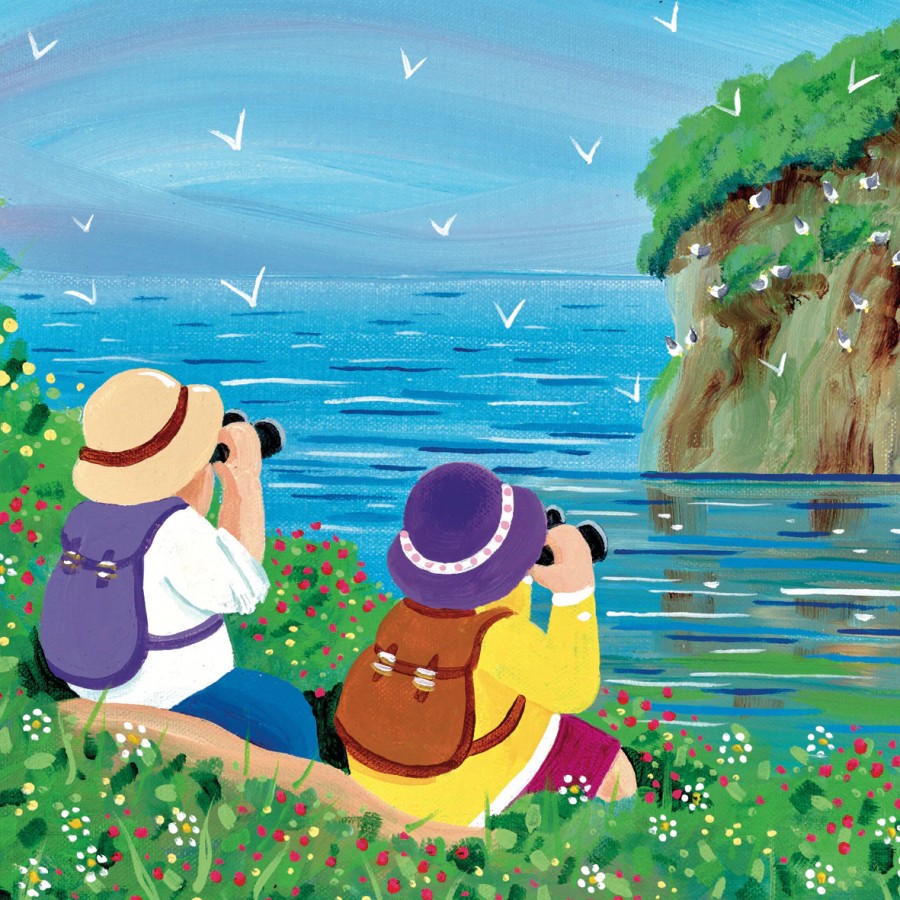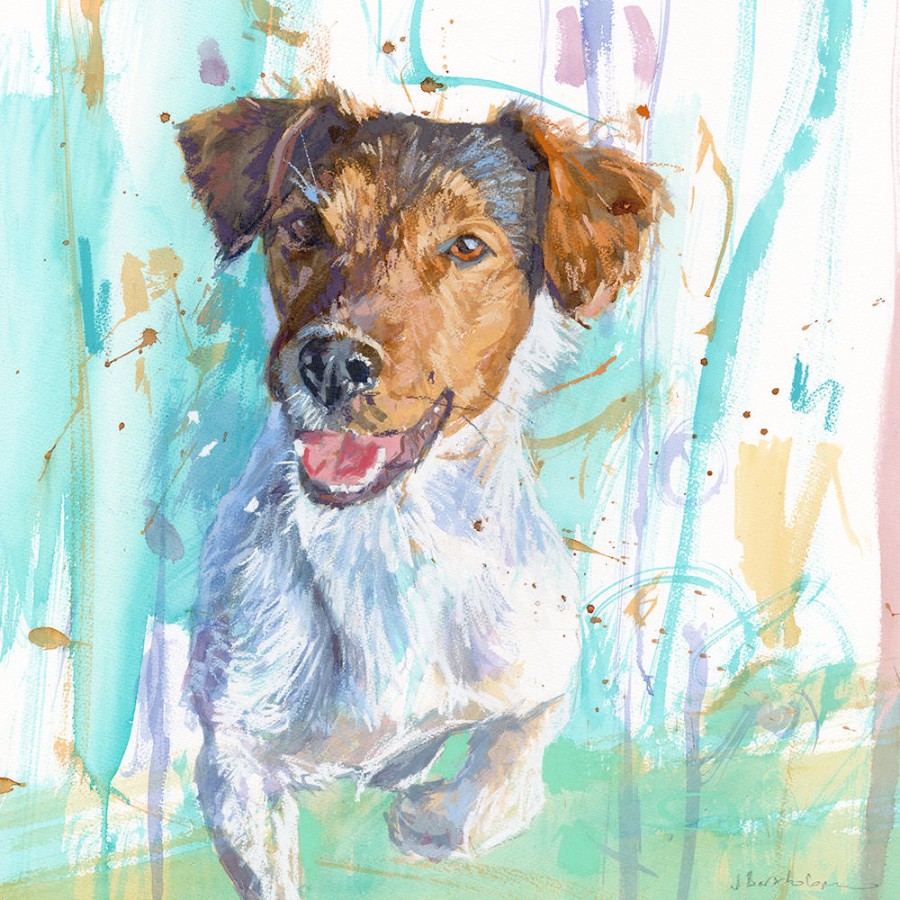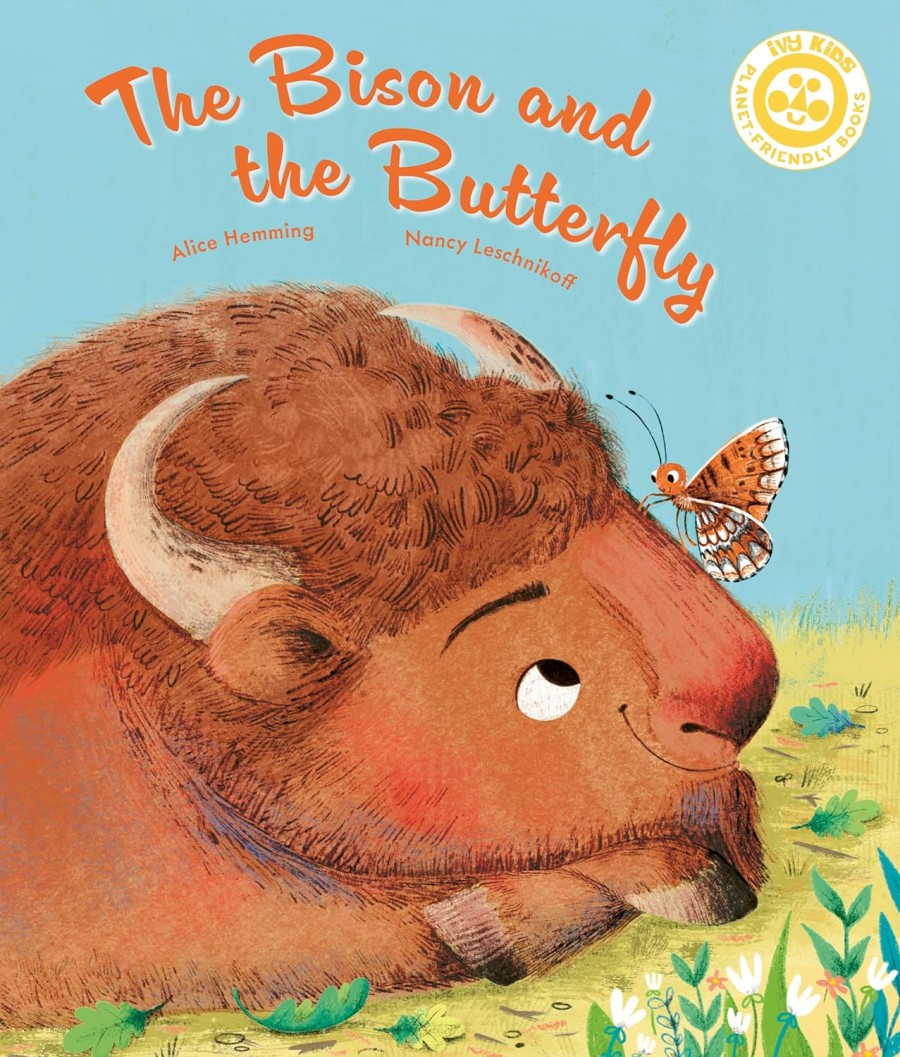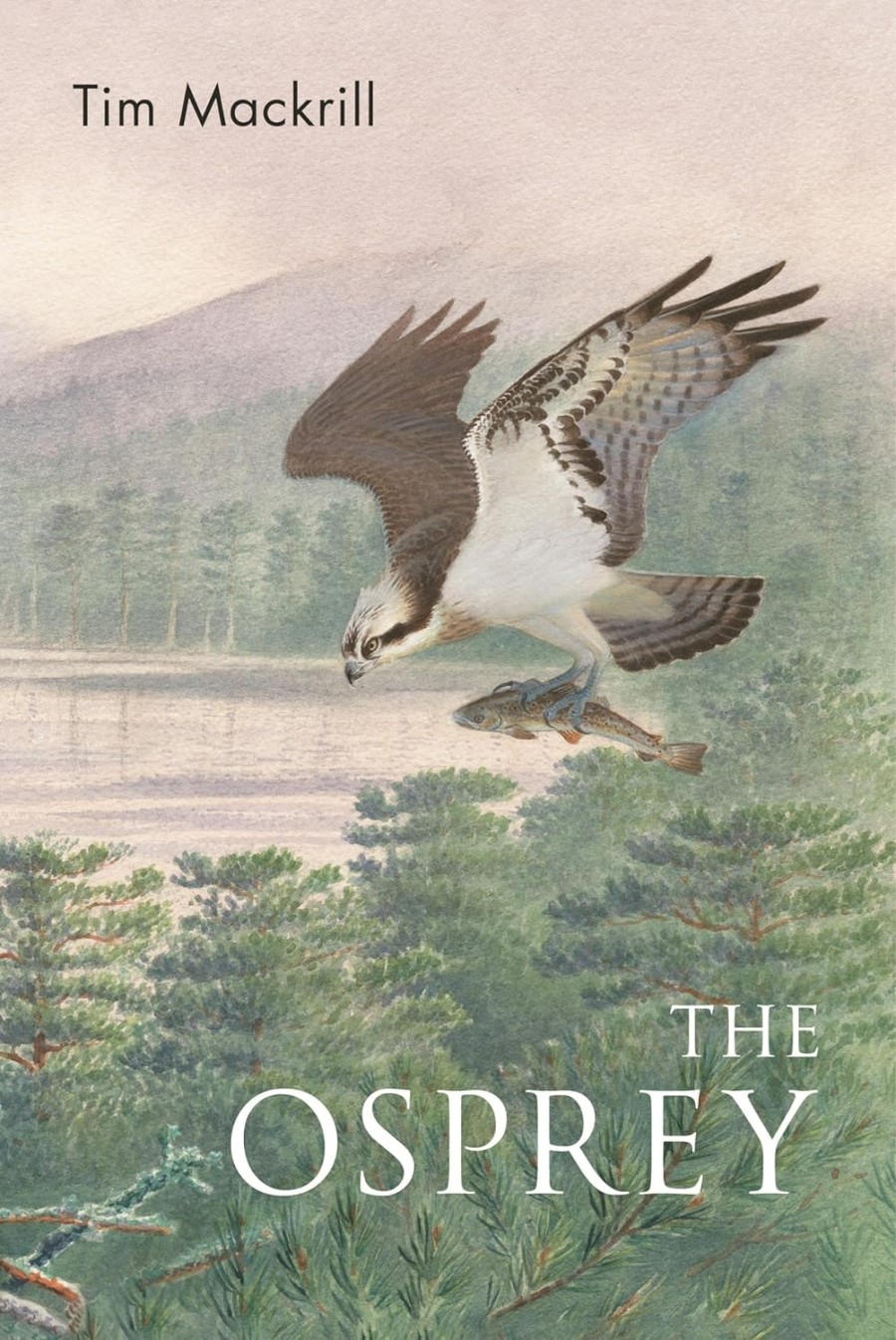
Ospreys are one of England’s birds of prey. But unusual in that rather than meat, they eat fish – they are the pescatarians of the bird world! Due to persecution in Victorian times, at one point there was just one breeding pair left in Scotland. Today this is one of England’s best conservation stories, with most found on Rutland Water, and more seen in Cumbria, with others in Wales and Scotland.
From a distance, ospreys look like large brown and white gulls, but close-up they are quite different. They are migrating birds that arrive in England from West Africa (a 3000 mile journey) around February, and use their unique reversible toes (that can turn 180 degrees) to almost exclusively hunt for slippery fish. They are such good fishermen that around 70% of dives are successful and if hungry, they usually catch something in around 12 minutes. They can live for up to 20 years in the wild.
Ospreys build nests in many areas and osprey eggs often hatch one-by-one, sometimes up to 5 days apart. Possibly named after the Latin word ‘ossifragus’ (it means ‘bonebreaker) these are birds to protect!
how to help an injured or orphaned osprey
Ospreys are very wild and should be left alone, unless you know they are in danger or injured. Parents are usually nearby so observe and if concerned, call your nearest wildlife rescue (or Raptor Rescue). If you have to relocate, wear gloves (or use a thick towel) before placing owls in ventilated boxes (no tassles on towels to avoid tangling). Keep in a quiet area at room temperature, until help arrives.

